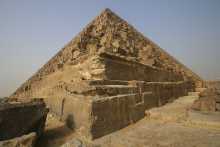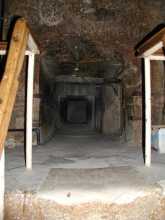These two doors were first found in 1872 though have remained shut up until now. The main obstacle to exploration was the fact that the passages to the doors were too narrow for any human being to navigate. Archaeologists speculate that there are unexplored chambers behind the doors and are hopeful that one of them will be the tomb of the Pharaoh Cheops.
The key that may solve this problem is the use of specialized gripping devices invented by Ng specifically for the task at hand. These grippers will be attached to insect-sized robots which will be maneuvered down the narrow shafts to the doors. Once there, the robots will drill through the doors, enter into the chambers behind them and take pictures with mounted cameras.
Using technology like this is another great leap forward for both exploration and preservation
of archaeological sites. As the field of archaeology has progressed, the emphasis on keeping sites intact has grown. By implemented tools which can subtly find their way into ancient structures, many of the strong-arm tactics of the past will become obsolete. There is no telling where this sort of robotic trend could end up, nor what other new technologies may emerge which could further help in the oftentimes complicated process of exploration.Currently, the crew that will be cracking the Giza Pyramid is waiting for a license to get underway, but hope to be rolling by spring. Ng has further expressed interest in using his inventor’s skills to help with a number of programs, from collecting soil samples on the moon to searching for the legendary lost tomb of Cleopatra.

